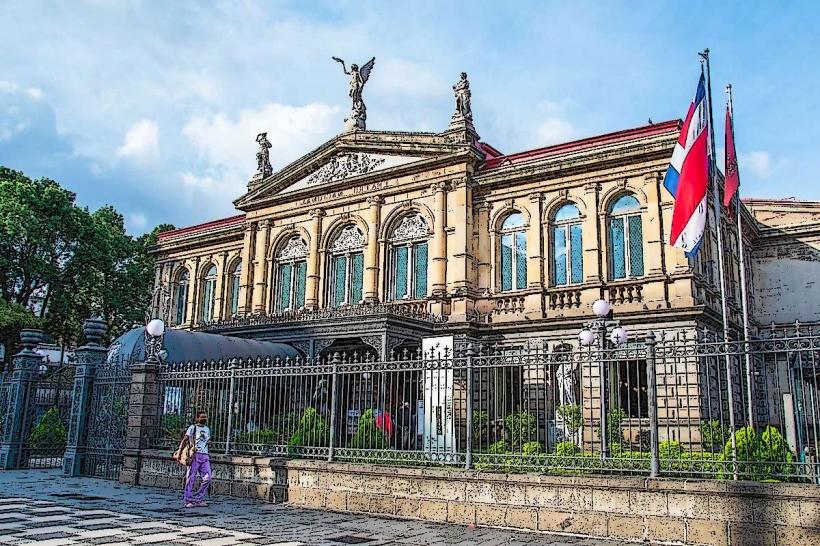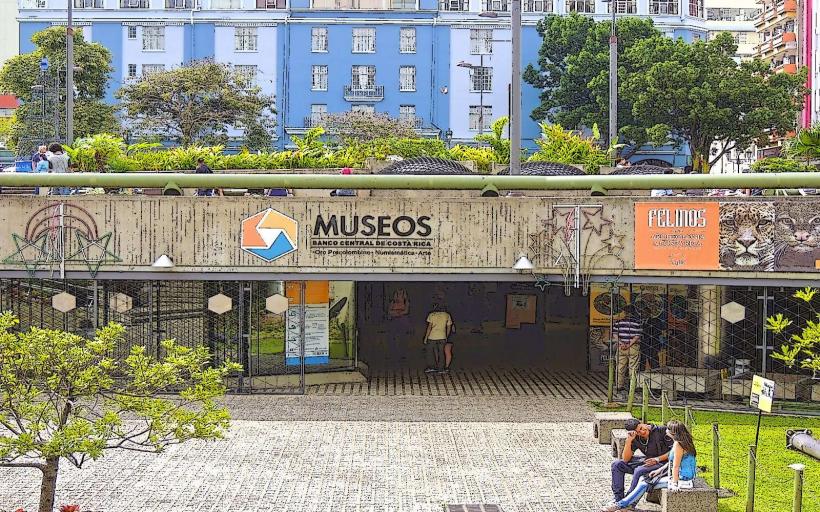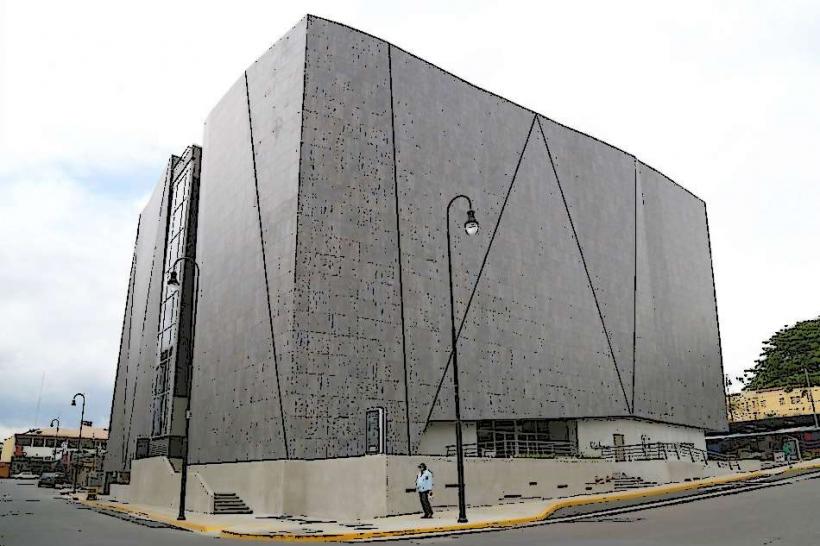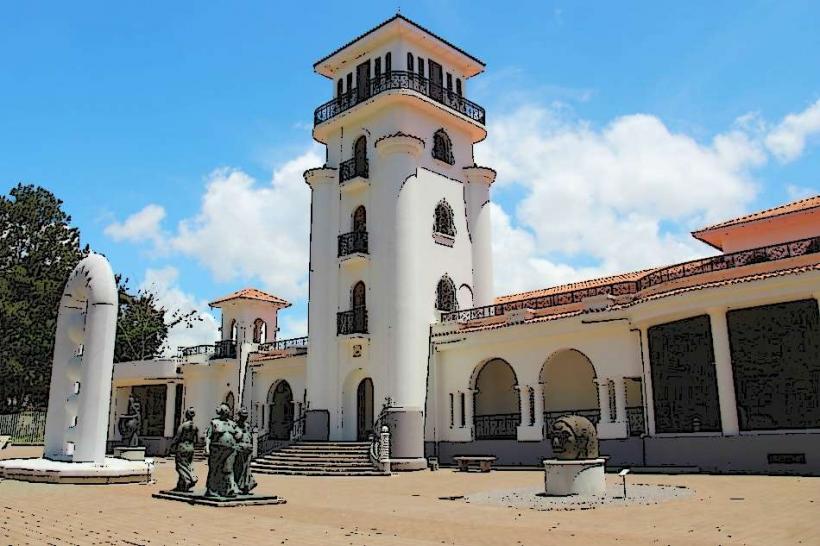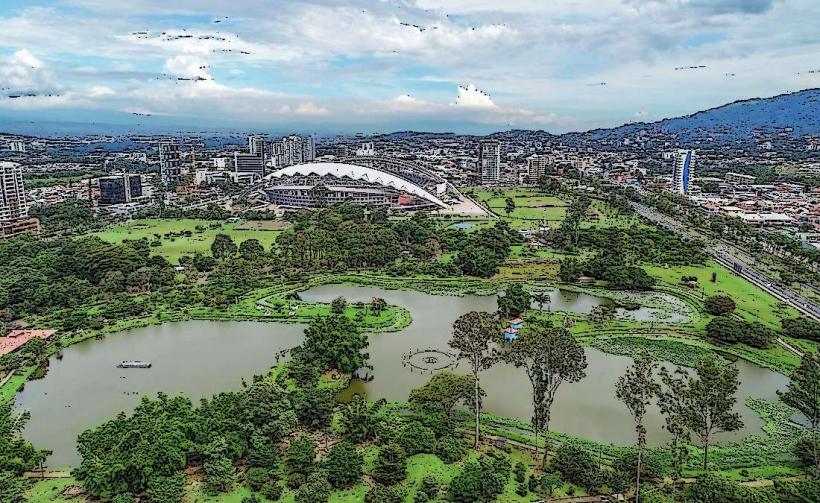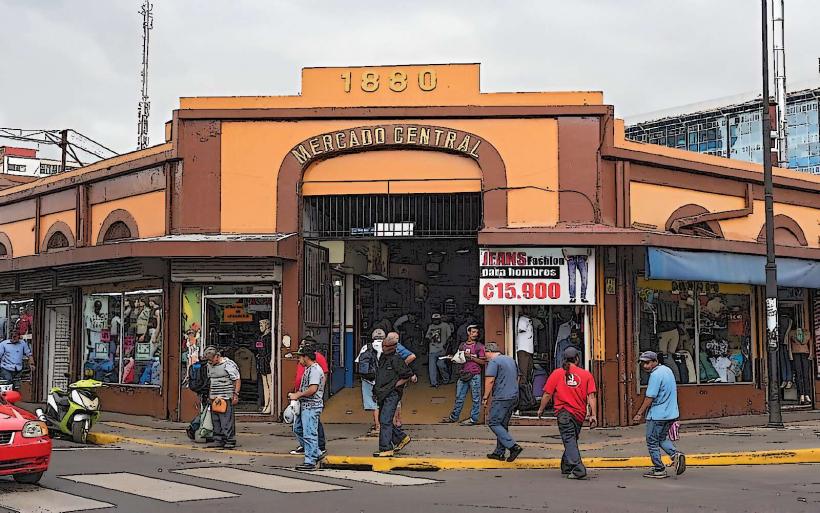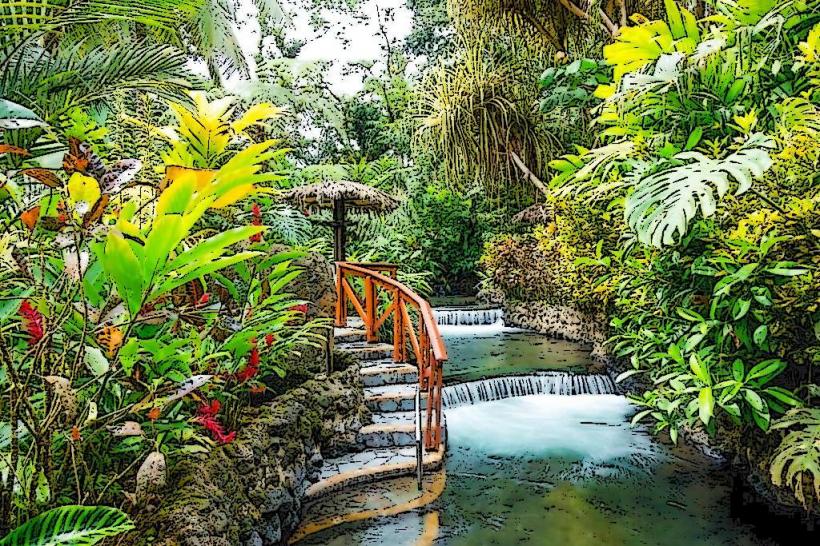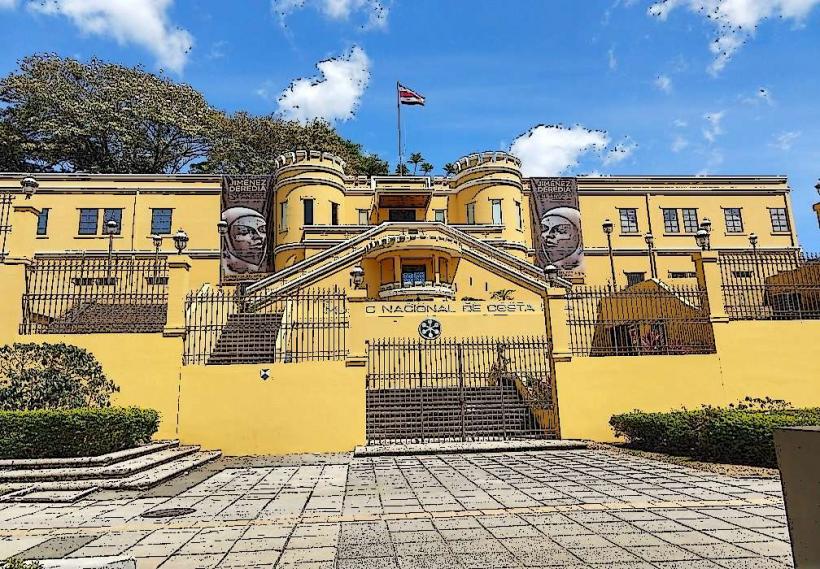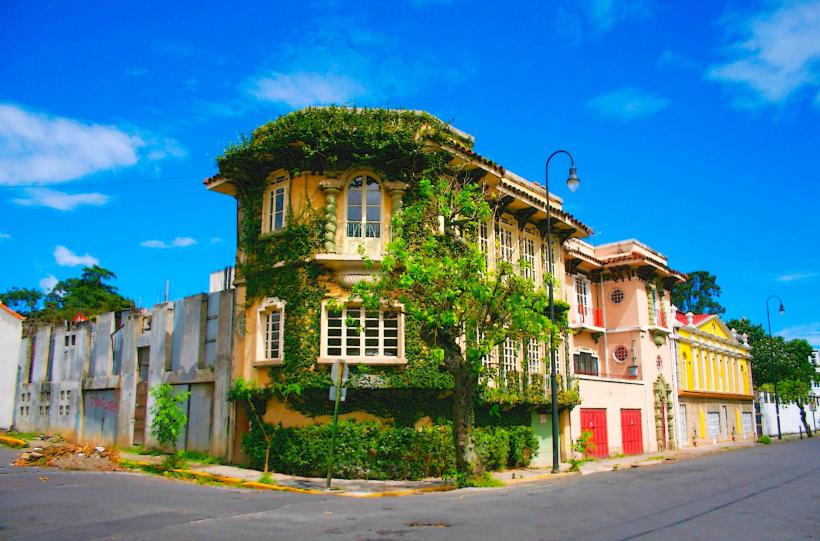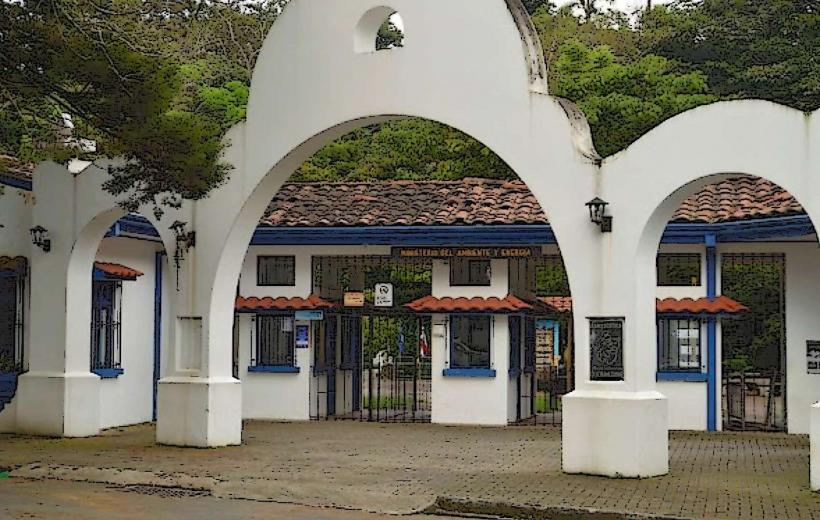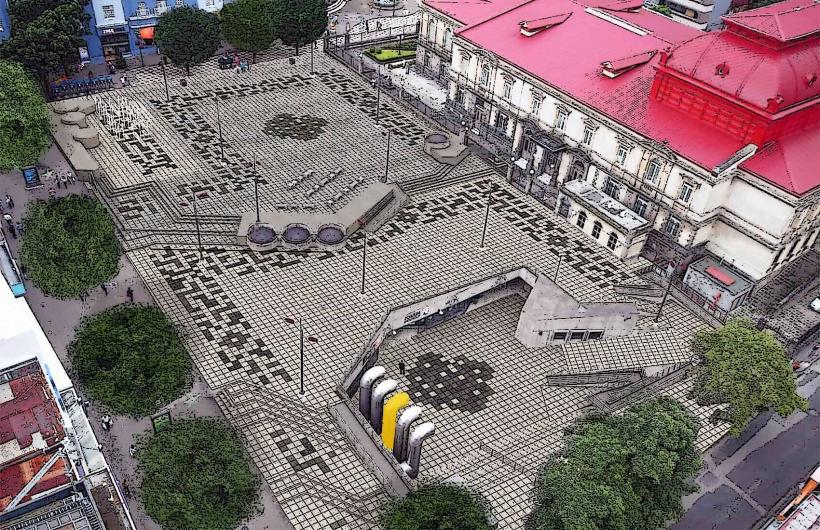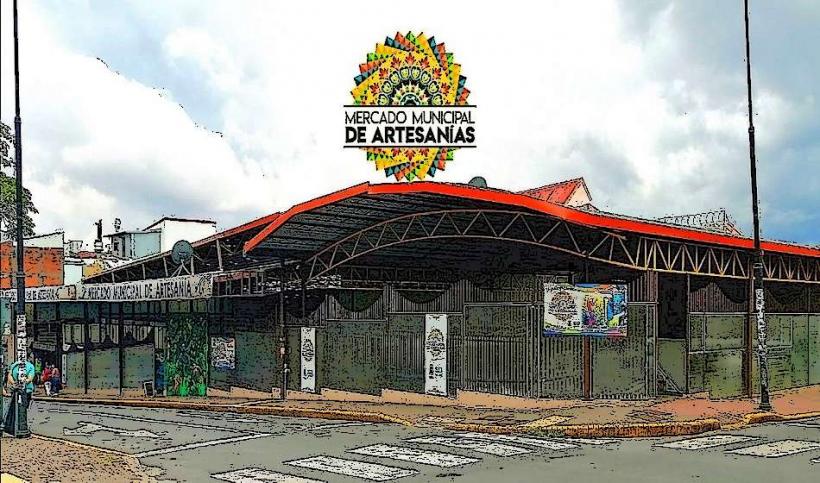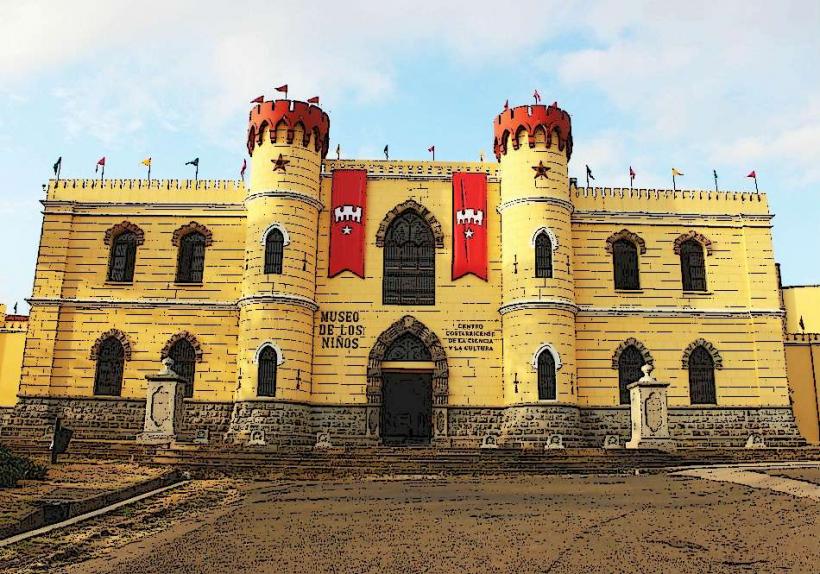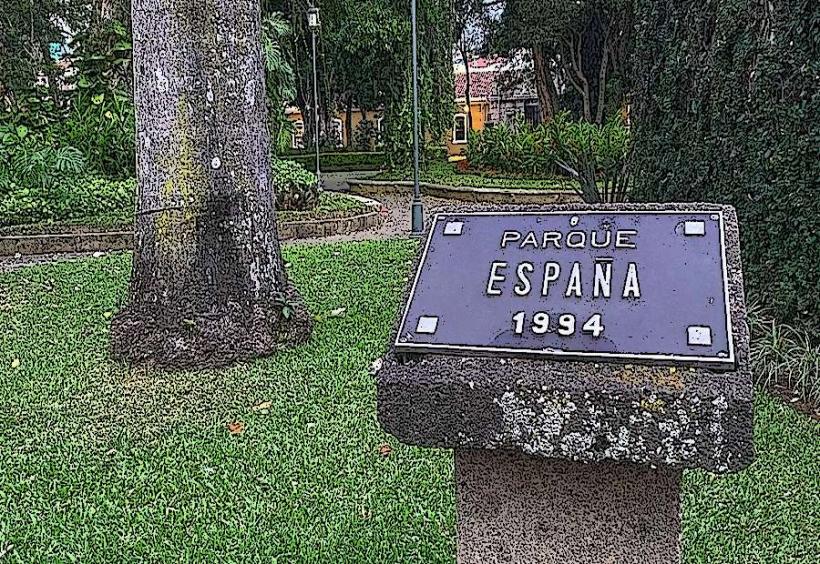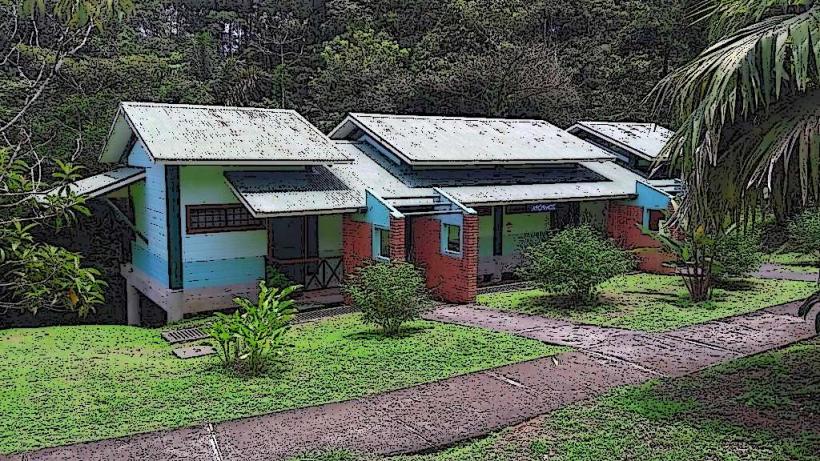Information
City: San JoseCountry: Costa Rica
Continent: North America
San Jose, Costa Rica, North America
Overview
San José-Costa Rica’s bustling capital and biggest city-beats at the center of the nation’s culture, politics, and economy, from its crowded markets to its busy government halls, in addition founded in the mid-18th century, it weaves together colonial history, sleek modern infrastructure, and the hum of a lively city street.San José sits in Costa Rica’s Central Valley, ringed by mountains and volcanic ridges, about 1,172 meters (3,845 feet) above sea level, where the air stays mild and pleasant year-round, simultaneously from December to April, days are sunny and warm, nights cool enough for a light sweater; from May to November, afternoon rains soak the streets and turn the hills a deep, vivid green, for the most part The city hums with “Pura Vida” energy-art galleries spill with color, theaters and music venues buzz at night, and you can savor everything from fragrant gallo pinto to dishes from far beyond Costa Rica’s borders, in addition san José hums with life-from the Central Market’s sizzling empanadas and fresh herbs to the neon glow of bars, clubs, and casinos that keep the night awake, loosely Founded in 1738 around a modest chapel called La Boca del Monte, the city boomed during the 19th-century coffee trade and became a cornerstone of Costa Rica’s economy, in addition downtown buzzes with commerce, government buildings, and cultural landmarks, while Barrio Amón charms with colonial facades and cozy cafés, relatively Escalante tempts food lovers with acclaimed restaurants and lively bars, and La Sabana offers wide green fields, the National Stadium, and the city’s biggest park, equally important as the country’s economic hub, San José thrives on banking, commerce, technology, and tourism, hosting international companies and welcoming travelers headed for Costa Rica’s beaches and national parks.Public buses crisscross the city, taxis and rideshares are easy to find, and Juan Santamaría International Airport sits just 12 miles away in Alajuela, meanwhile education flourishes at top universities like UCR and TEC, alongside language schools and art academies.Visitors wander the ornate National Theatre, explore the Pre-Columbian Gold and Jade museums, and stroll La Sabana’s tree-lined paths, to boot yet the city wrestles with traffic, pollution, and visible wealth gaps.Still, San José blends its layered history, cultural energy, and modern rhythm into a warm gateway to Costa Rica’s natural beauty, in addition it’s a region worth visiting on its own, yet it also kicks off journeys that can carry you from quiet mountain roads to bustling city streets across the country.
Author: Tourist Landmarks
Date: 2025-10-29
Landmarks in san-jose

